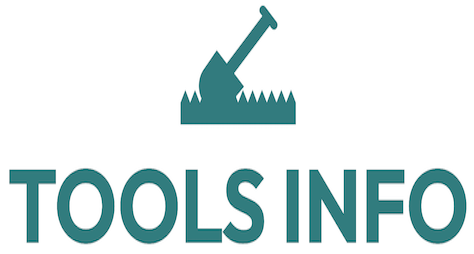Introduction
Importance of Pilot Holes
Creating a pilot hole is a foundational step in many woodworking, metalworking, and construction projects. A pilot hole serves as a guide for screws and other fasteners, helping to prevent splitting, cracking, and material damage. Properly drilled pilot holes ensure stronger joints, reduce the effort needed to insert screws, and increase overall project accuracy.
The focus keyword pilot hole is essential for anyone looking to improve their drilling technique and project results. By mastering pilot hole drilling, you ensure clean finishes and structurally sound outcomes.
Choosing the Right Drill Bit
Types of Drill Bits
Selecting the correct drill bit is critical when creating the perfect pilot hole. Various types of drill bits serve different materials and purposes. Here are common drill bits to consider:
- Twist Drill Bits: Versatile and widely used for wood, metal, and plastic.
- Brad-Point Bits: Ideal for wood, offering clean holes and minimal tear-out.
- Spade Bits: Large diameter holes in wood, less precision but effective for quick pilot holes.
- Cobalt Bits: Designed for drilling into hard metals.
- Step Bits: For drilling varying hole sizes in sheet metal.
Factors to Consider
When selecting a pilot hole drill bit, keep these factors in mind to optimize your drilling results:
- Material Type: Different materials (wood, metal, plastic) require specific drill bits to avoid damage.
- Hole Size: Ensure the pilot hole bit matches the screw size for correct fit.
- Bit Quality: High-quality bits stay sharper longer and provide cleaner holes.
- Drill Compatibility: Make sure the bit shank matches your drill chuck size.
Understanding drill bit types and selection criteria enhances the precision and longevity of your pilot holes.
Techniques for Creating the Perfect Pilot Hole
Preparation
Preparation is key before you start drilling a pilot hole. Begin with the following steps:
- Mark the Spot: Use a pencil or center punch to mark the exact location where the hole will be drilled, preventing bit wandering.
- Secure the Material: Clamp or firmly hold the material to avoid movement during drilling.
- Select the Right Drill Bit: Refer to the size and material considerations discussed above.
Drilling Process
Follow these steps to drill a clean and accurate pilot hole:
- Start Slow: Begin drilling at a low speed to establish the hole without overheating or damaging the material.
- Maintain Steady Pressure: Apply consistent pressure without forcing the drill.
- Keep Drill Perpendicular: Hold the drill at a 90-degree angle for straight, clean holes.
- Withdraw Bit Periodically: Pull the drill bit out occasionally to clear debris and prevent clogging.
These techniques minimize drill wandering and enhance hole precision.
Troubleshooting
Common issues when drilling pilot holes include bit slipping, material splitting, and inaccurate hole placement. To troubleshoot:
- Bit Slipping: Use a center punch to create a slight indentation before drilling to keep the bit in place.
- Material Splitting: Reduce drill bit size or use backing material to prevent tear-out, especially in wood.
- Overheating: Drill at lower speeds and occasionally lubricate the bit for metal drilling.
- Incorrect Hole Size: Double-check your bit size and measure screw dimensions to ensure compatibility.
Addressing these issues improves the quality and durability of your pilot holes.
For further details on drill bit types and their properties, visit Wikipedia’s Drill Bit page. To explore more practical how-to guides and pro tips on tools and techniques, check out our detailed resource here.
FAQs
What is a pilot hole and why is it important?
A pilot hole is a small, pre-drilled hole that guides screws or fasteners into materials. It prevents splitting, reduces pressure, and increases fastening accuracy, ensuring a stronger hold.
How do I select the right drill bit for my pilot hole?
Select drill bits based on the material you are working with, the size of the screw, and the bit’s quality. Using the appropriate bit type, such as brad-point for wood or cobalt for metal, results in cleaner, safer holes.
What are common mistakes to avoid when drilling a pilot hole?
Avoid using the wrong drill bit size, drilling too fast, applying uneven pressure, and neglecting to secure the material. Each can cause misaligned or damaged holes and weaken the fastener’s effectiveness.
Mastering the art of drilling the perfect pilot hole elevates the quality of your work significantly. By choosing the correct pilot hole drill bit, preparing your project carefully, and applying proper drilling technique, you can avoid common pitfalls and achieve professional results every time.
Ready to improve your skills? Explore more expert tips and tools by visiting our comprehensive guide HERE.
